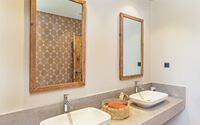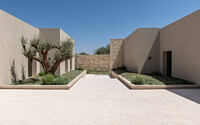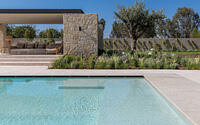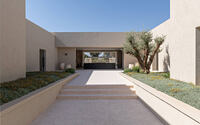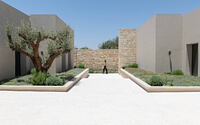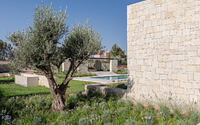Villa Loha by E-H Atelier d’Architectures
Villa Loha is a modern single-story residence located in Marrakesh, Morrocco, designed in 2021 by E-H Atelier d’Architectures.



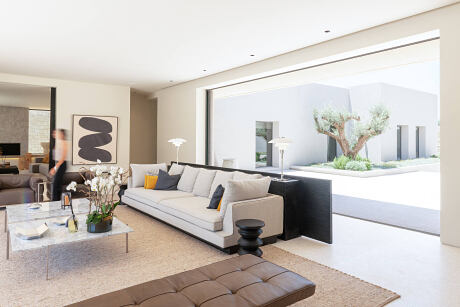
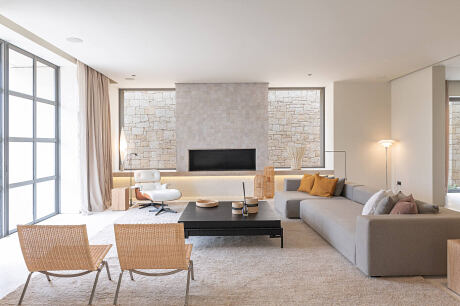
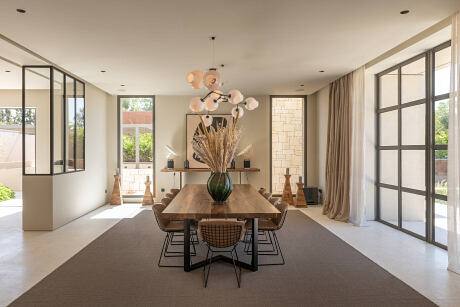
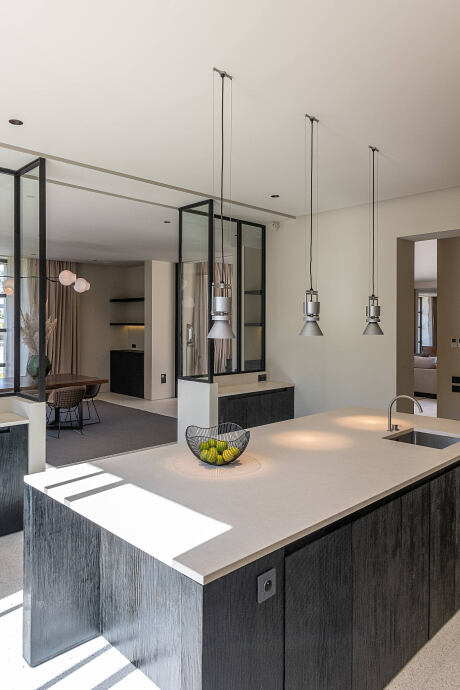
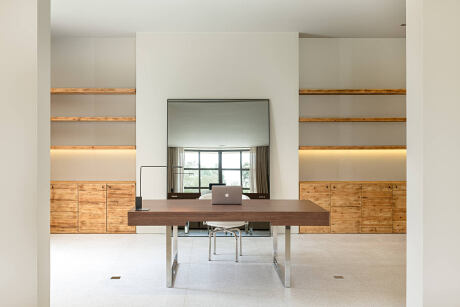

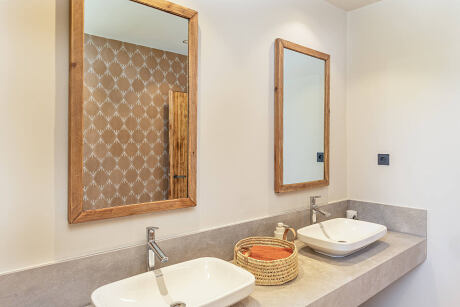


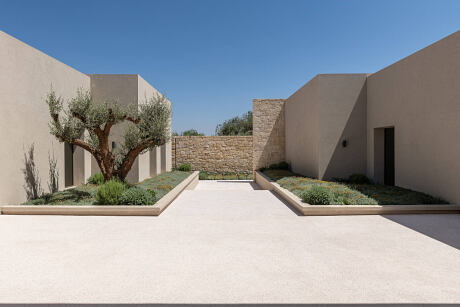
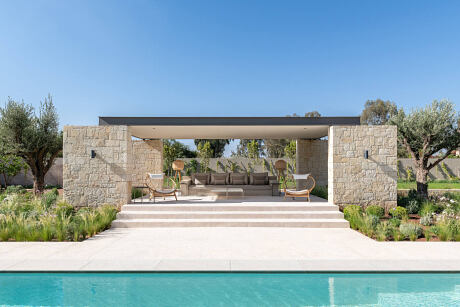
Description
This project is a residential house of approximately 600 m2 on a plot of 4500 m2. It has 4 bedrooms and 4 bathrooms including a master, a dining room, a TV room, a reception room, a kitchen, an office. It is located 15 minutes from Marrakech on the Ourika road and faces the Atlas Mountains.
It is the specificities of the land and the contextual contingencies that determined the architectural approach of the project. It was first necessary to resolve the problems of opposite with the neighbors, then to try in a second to position the house at the back of the plot in order to keep as much depth as possible in front of the house, for the garden, to the south.
The idea of designing these large stone walls as a protective enclosure for the house, a rampart, seemed natural to us and responded perfectly to our problem.
The choice to raise the house by 60 cm and place it on a “plinth” provides a physical distance from the rest of the garden, participates in a sensory architectural walk and promotes the view of the landscape.
The reception room is a central part of the project. It is an 80 m2 north-south crossing space that you discover when you enter the patio. These large 7 m bay windows frame the look and help to discover the interior space and the landscape like a photograph or a painting. This room belongs to a triptych made up of the TV lounge to the west and the dining room to the east. These three rooms give us the length of the house and are separated by large burnt wooden partition doors. In the TV lounge and the dining room, the stone surrounding wall this time appears behind the glazing, in second reading and contributes to the feeling of security that one can feel. The stone wall contemplates itself and then becomes a living painting where natural light plays with these imperfections.
Photography by Marc Lacroix
Visit E-H Atelier d’Architectures
- by Matt Watts















